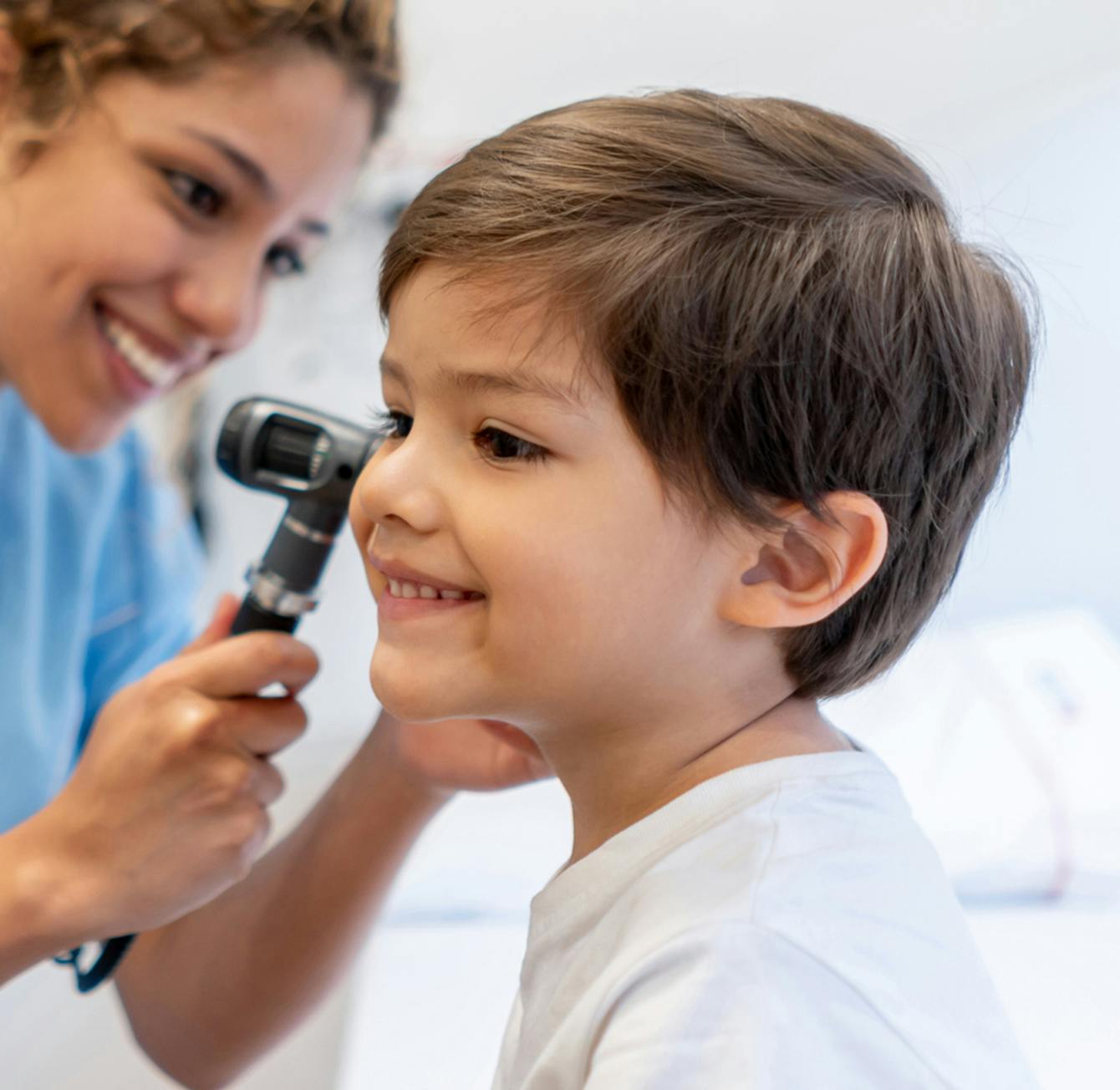Hearing loss can affect those of all ages, including children. Diagnosing and treating hearing loss in the pediatric population requires different instruments than those used on adults. Children may also suffer from different disorders.

Audiometry for Young Children: Visual Response and Conditioned Play
For slightly older children, visual response audiometry and conditioned play audiometry can be used. A sound is broadcast through speakers within a specially designed booth. Depending on the child’s age, they are either taught to turn their head toward an animated toy or video (visual response) or drop a block in a bucket (conditioned play) when they hear a sound. These versions of pure-tone testing cannot discern single-sided hearing loss.

